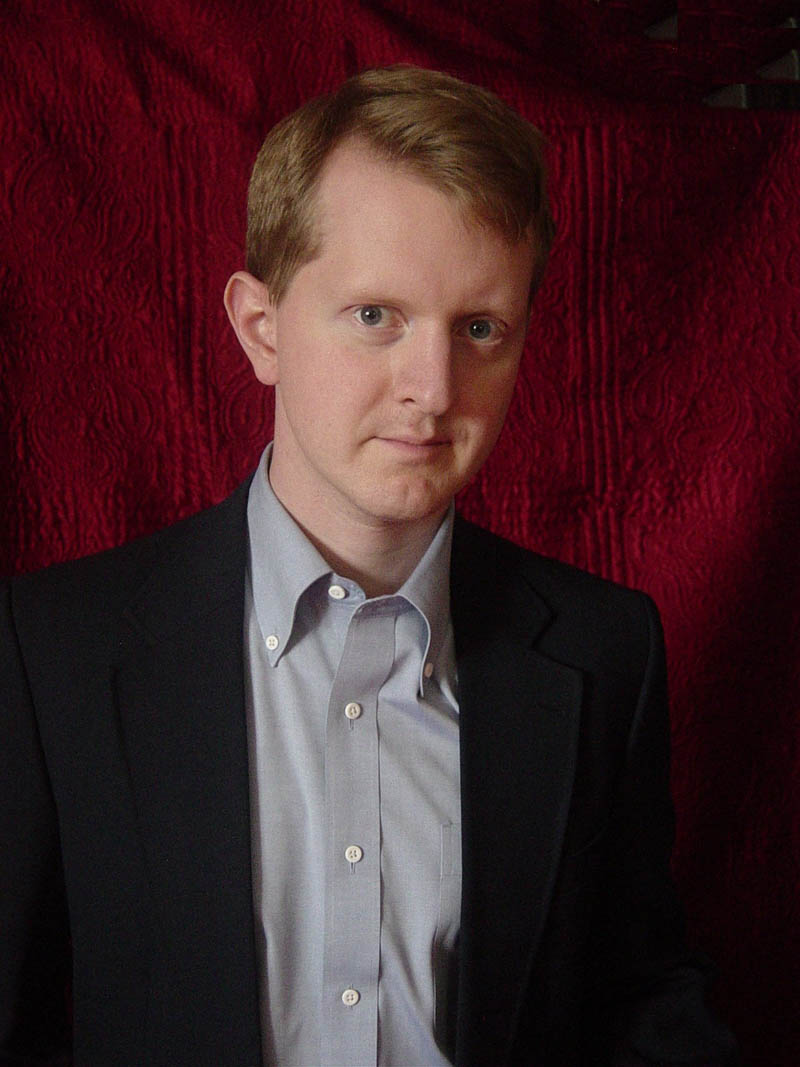Would you feel a frisson of excitement at the thought of visiting a spot where the latitude and longitude coordinates are exact round numbers? And if you heard, for example, that 48 00´00″ N/122 00´00″ W was at the end of some guy’s driveway a couple of miles northwest of Machias, would you stop? Maybe snap a photo?
If you would, welcome to the world of Maphead: Charting the Wide, Weird World of Geography Wonks (Scribner, $25), in which unabashed geography nerd Ken Jennings (yes, that Ken Jennings, the Pacific Northwest native who in 2004 set a record for consecutive Jeopardy! wins that will outlast the pyramids) hosts a lively and entertaining tour of those who share his interest—OK, obsession.
Stopping by our downtown office to chat, Jennings confesses, “On the way here, I grabbed a couple geocaches in Belltown I hadn’t gotten yet. Hundreds of people walk by this point every day and nobody knows the little secret; I think that’s the appeal of it.”
Geocaches? It’s a sort of tech-geek treasure hunt in which people hide items (anywhere from the bottom of the Atlantic to underneath park benches) and post the GPS coordinates online for others to find—a hobby, enjoyed by four million people, that, before I read Maphead, I had no idea existed. Yet Geocaching.com, the global game’s Internet epicenter, is headquartered in Fremont, Jennings tells me. Perfect—where more than in Seattle do enthusiasms for technology and the outdoors overlap? Apparently the city is encrusted with barnacle-like containers to find, invisible to casual passersby, and there are a million hidden worldwide. Researching geocaching for the book, Jennings admits, “changed my life.”
As a kid who asked far-flung relatives for maps as birthday presents, and whose most cherished possession in kindergarten, the autumn after the Apollo 11 landing, was a wall map of the moon, I ate up Maphead. Combining popular history and memoir in a wry, sort of Sarah Vowell–ish way (only less deadpan and more one-linery, and even funnier), Jennings gives us the stories behind the map-illiteracy crisis (“43% of college freshmen can’t locate Canada” and all that media kerfuffle); high-dollar map dealers; the Library of Congress’ Geography and Map Division and its 8,500 cabinets of maps; those who, like 14-year-old Benjamin Salman of Queen Anne, draw maps of self-invented, astonishingly detailed fantasy worlds; various clubs of travel completists whose journeys are checklist-driven (striving to visit, say, the highest points in each of the 50 states); “road geeks” who can tell you everything you’d ever want to know about the U.S. Interstate system; and the Google Earth project and its ultimate goal: visually cataloging the planet’s entire surface on the scale 1 square centimeter = 1 pixel.
For Jennings, the subconscious attraction to the order and stability of a map’s fixed information, as compared to the arbitrariness of real life, was surely there from an early age. Born in Edmonds, he explains that his family moved to South Korea when he was 7. He writes, “Maps became a way to reconnect with the country I’d left behind.”
Gradually he found kindred souls—for example at the National Geography Bee, where teen and preteen prodigies vie annually to see who knows most about the states of Brazil, top bauxite-producing nations, and tributaries of the Zambezi. With a hint of defensiveness, he compares this competition to the higher-profile National Spelling Bee: “Those are very gifted kids as well, but . . . essentially all you have to do is memorize Merriam-Webster’s Third, and you will win the spelling bee.” Geography kids have to keep up constantly with current events, from new lines on the map to economic shifts.
“[Geography] really is almost every subject,” he continues. “Geography is just the foot in the door. Those questions can be on any subject of human knowledge, viewed through the lens of where it’s happening. That’s one of geography’s great strengths.”
And yet interest in the topic seems to skew male. At the bee Jennings visited, 53 of the 55 contestants were boys, he notes. “You have all these hack stand-up comedians doing jokes about how their wives always get lost, or their husbands won’t ask for directions . . . [but] when they’ve done research, there does seem to be a slight gender gap in map ability. There’s good evidence that we let baby boys explore more than baby girls—we pick them up and move them around more. Maybe we’re giving off all these signals.”
But judging by his own experience, and those he interviewed, Jennings suspects the trait is genetic. Map love almost invariably takes root in childhood and seems to run in families. His grandparents had the bug, says Jennings, and his own son is showing signs. He concludes, “It’s almost like straight hair/curly hair or left hand/right hand. You’re a map person, prewired from birth.”







